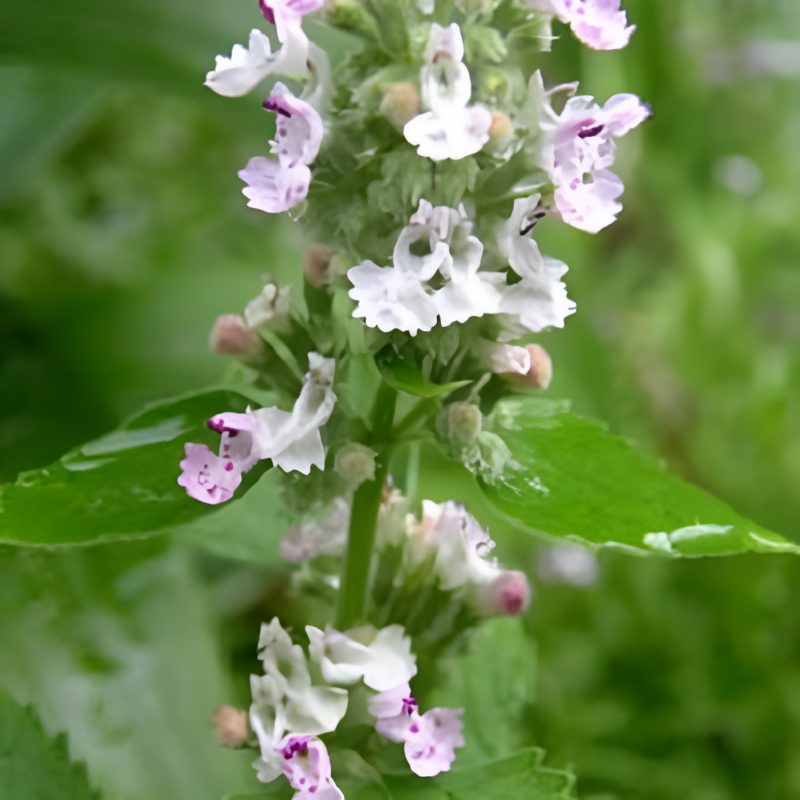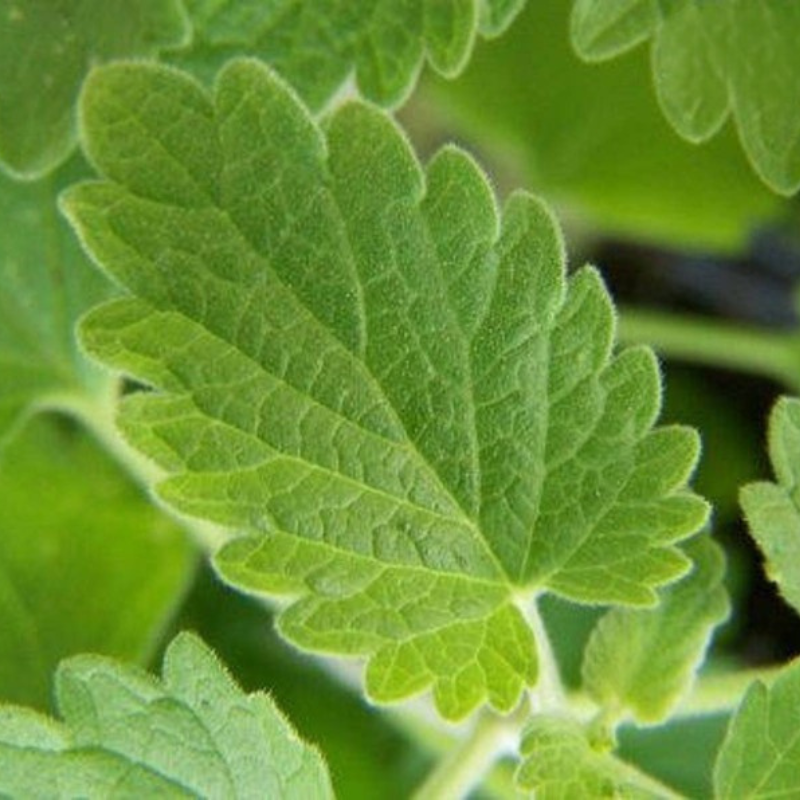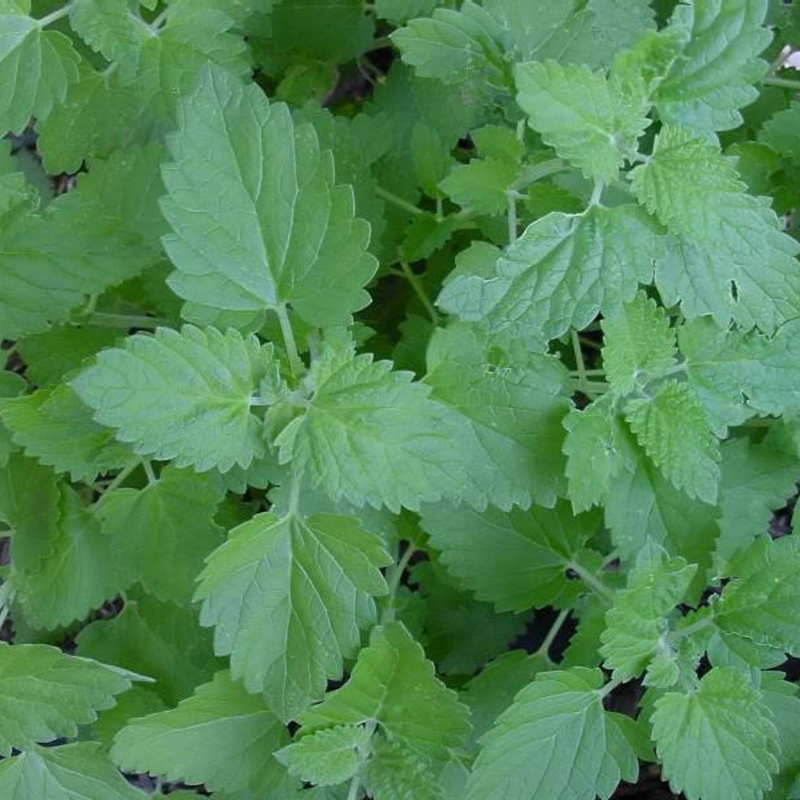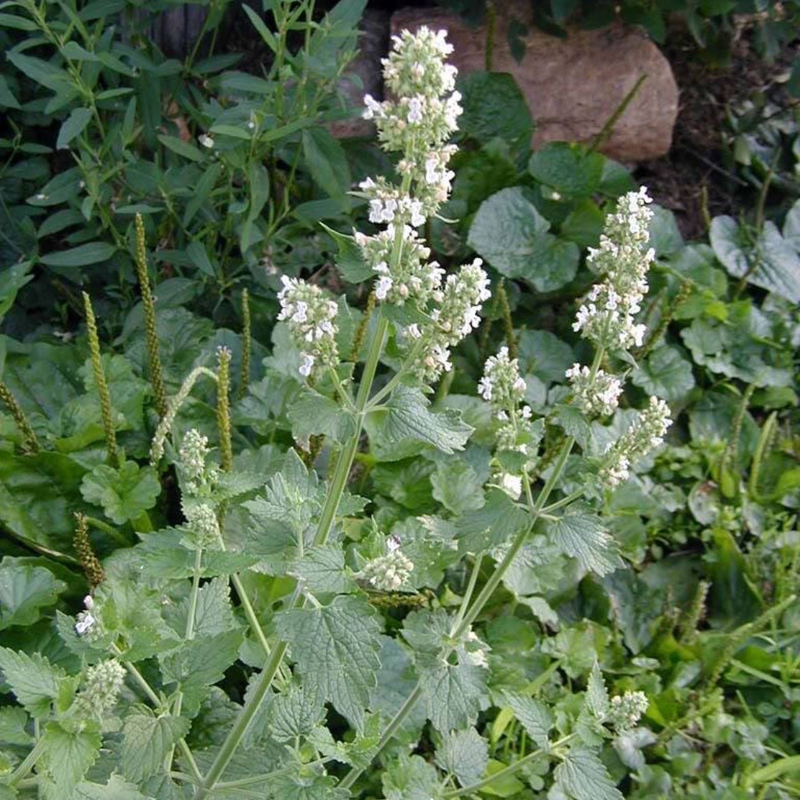- Historical context: Catnip (Nepeta cataria) has been used for centuries, primarily for its effects on cats and its medicinal properties. The lemony variety is a cultivar that has been selectively bred for its unique lemon scent.
- Geographical origination: Catnip is native to Europe, Asia, and Africa. The lemony variety is a more recent development, likely originating from selective breeding programs in North America or Europe.
- Relevant cultural significance: Catnip has been used in traditional medicine and as a recreational herb for cats. The lemony variety is particularly appreciated in culinary and ornamental gardening.
- Time period of discovery: While catnip has been known since ancient times, the lemony variety is a modern cultivar developed in the late 20th or early 21st century.
- Original habitat: Catnip typically grows in well-drained soil in full sun to partial shade. It is commonly found in fields, along roadsides, and in disturbed areas.
- Notable historical uses: Historically, catnip has been used to treat ailments such as colds, headaches, and digestive issues. It has also been used as a mild sedative and to attract cats.
- Ideal temperature range: Catnip grows best in temperatures between 55°F and 85°F (13°C to 29°C).
- Soil type: Well-drained, sandy or loamy soil with a pH between 6.1 and 7.8.
- Sunlight requirements: Full sun to partial shade. At least 6 hours of direct sunlight per day is ideal.
- Watering needs: Moderate watering. Allow the soil to dry out between waterings to prevent root rot.
- Planting season: Spring or early summer after the last frost.
- Germination time: 7 to 14 days.
- Growth cycle duration: Catnip is a perennial herb, meaning it will grow back each year. It typically reaches maturity in 70 to 90 days.
- Common pests and diseases: Aphids, spider mites, and whiteflies. Powdery mildew can also be an issue in humid conditions.
- Companion planting advice: Catnip can be planted alongside vegetables like tomatoes and squash to repel pests. It also attracts beneficial insects like bees and butterflies.
- Common challenges and solutions: Overwatering can lead to root rot. Ensure proper drainage and allow the soil to dry out between waterings. Pests can be managed with insecticidal soap or neem oil.
- Nutritional values: Catnip is not typically consumed for its nutritional value, but it contains vitamins A and C, as well as minerals like calcium and magnesium.
- Health benefits: Catnip has been used to relieve stress, anxiety, and insomnia. It also has mild sedative properties and can help with digestive issues.
- Culinary uses: The lemony variety of catnip can be used in teas, salads, and as a garnish. Its lemony flavor adds a unique twist to various dishes.
- Medicinal uses: Traditionally used to treat colds, headaches, and digestive problems. It can also be used as a mild sedative and to relieve menstrual cramps.
- Other unique advantages: Catnip is well-known for its ability to attract cats, providing them with a natural stimulant. The lemony variety also adds a pleasant fragrance to gardens and can be used in potpourri.










